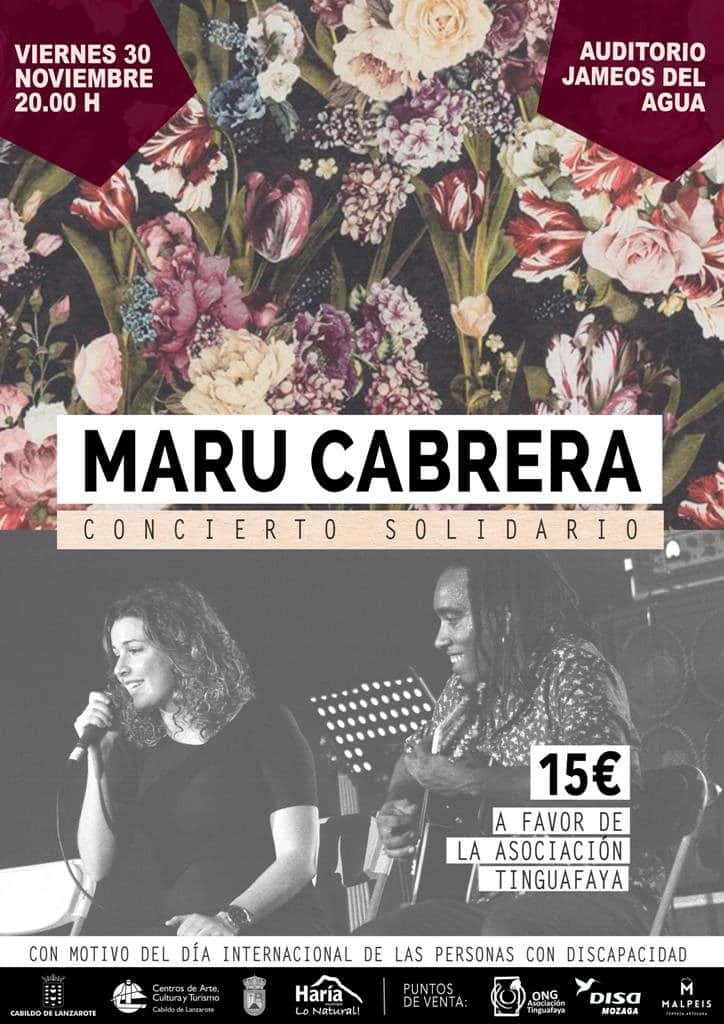Solo – Israel Galván
Contemporary dance | Flamenco
All by himself, Israel Galván explores the possibilities of his natural dancing in ‘Solo’. He’s well-known for his choreographic skills, and after having tried out solo dancing with no music coming from the most classic flamenco, the dancer brings this concept to the extreme which results in a completely avant-garde experience. Galván follows on Vicente Escudero’s steps, whom he looks up to, and who also danced with no music almost 100 years ago. The artist exposes himself and shows what he’s really made of. On stage there are no microphones, or backing singers, in “Solo”, Galván, makes music by listening to his own body, using the beat of his feet, snapping his fingers and even at times using his voice. A great chance to see how rich his repertoire is and how varied the unique language created by the artist who has opened the door to a new world of possibilities for flamenco in the 21st Century.


 Compañía Nómada brings the contemporary dance piece
Compañía Nómada brings the contemporary dance piece 







 Works
Works